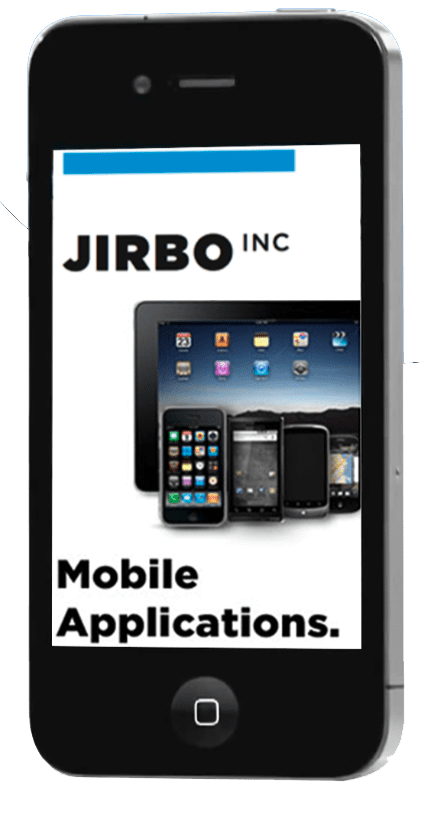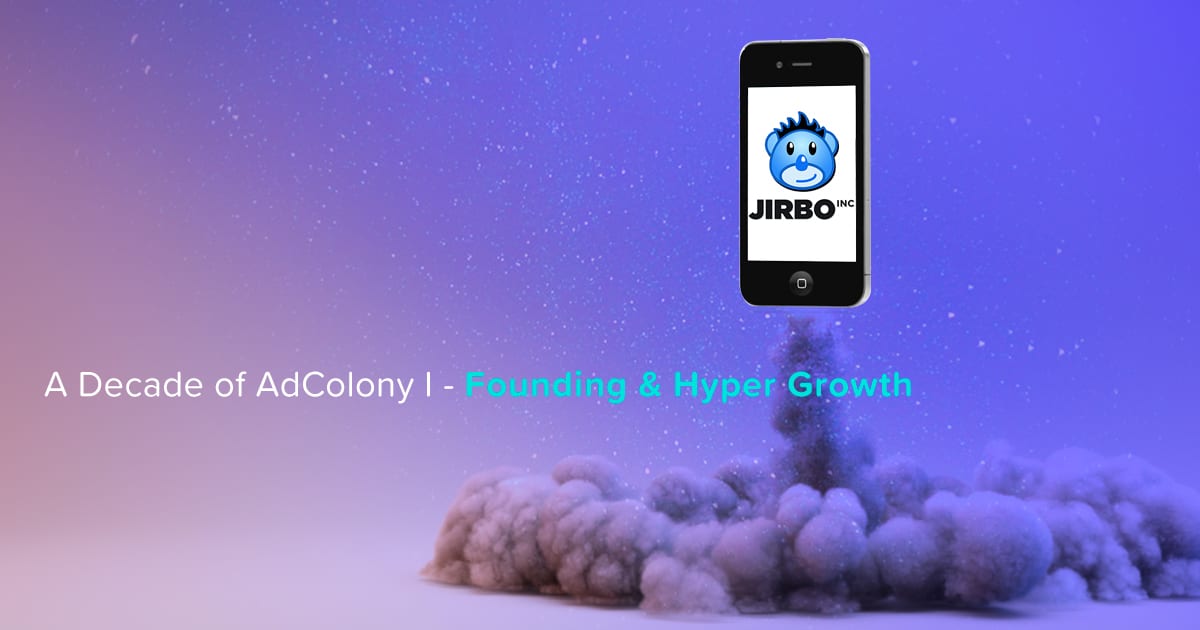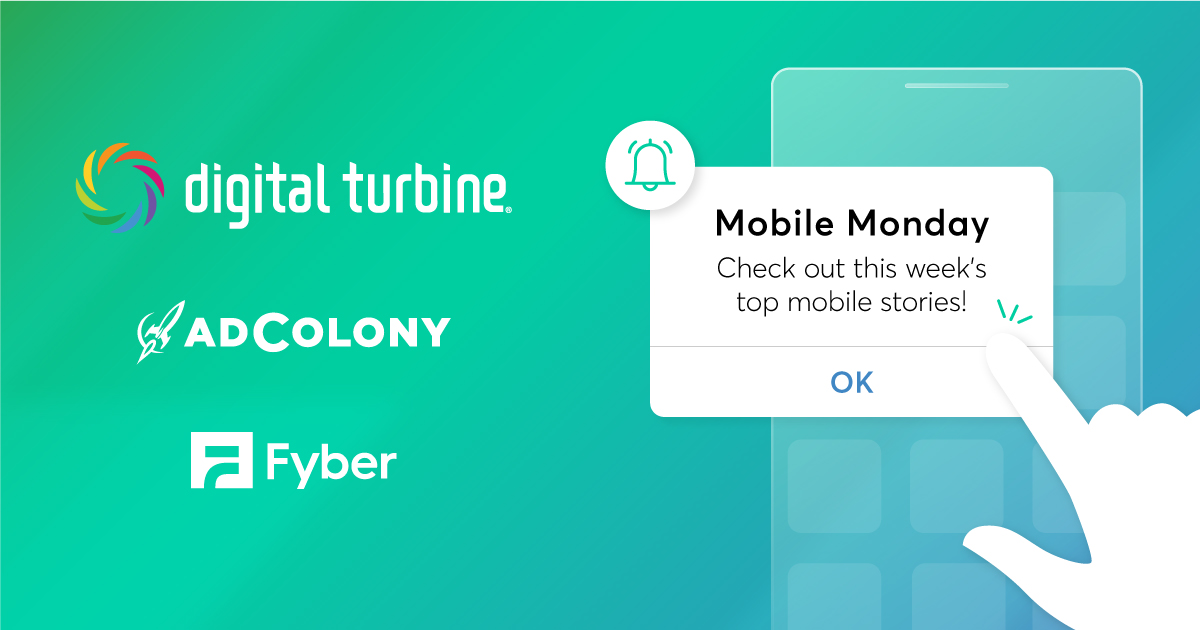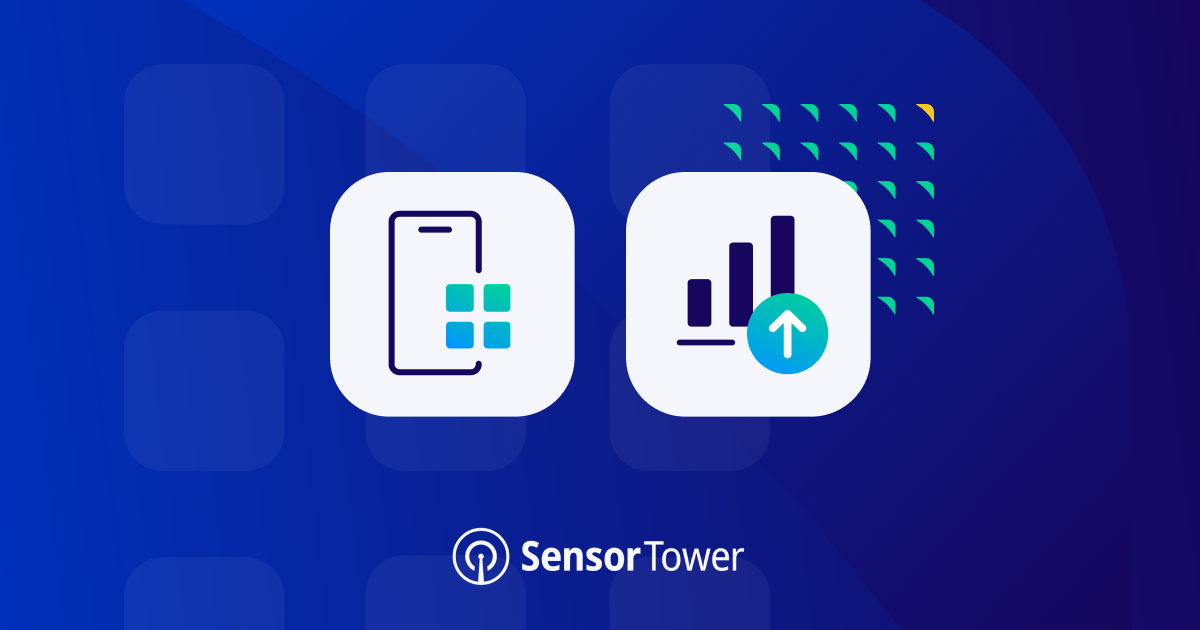As of today, March 3rd, it’s officially been 10 years since a small mobile games company called Jirbo launched its own mobile ad network.
The company, founded by Jonathan Zweig and Randy Saaf, had created a mobile website back in 2007 (when the iPhone first launched) that showcased casual, Safari-based games. But with the launch of the App Store in mid-2008, it became clear that in-app was the way to go. Jirbo was asked to be a launch partner for the App Store, and by January 2009 its “Paper Football” game became the #1 entertainment app in iTunes, and it had 20 apps in the Top 100.
Despite the prevalence of large gaming companies like Tencent, Supercell, and KingsGroup in the Top 100 today, not a single one of them even comes close to that level of domination. Granted, there were only 15,000 apps at that time – compared to about two million today!
Scroll down to see an animated timeline of this era in AdColony’s history!
Early Years: The Monetization Dilemma
Jirbo, with 35 employees, had just $2 million in funding and needed to be able to monetize its games – which was not easy in a nascent ad marketplace.

Remember, these were the days of the iPhone 3 and 4, with smaller screens and display banner ads as the only option. Worse, advertisers were simply repurposing desktop browser ads, reformatting them for use in mobile web browsers – which most consumers were still using the most.
Just before the 2010 Winter Olympics in Vancouver, Jirbo was hired to build a “multimedia” app for a major sports network. That process revealed some of the issues with making video work on mobile devices, but that propelled innovation, and soon the company was laser-focused on getting mobile video right.
It’s Official: A Mobile Ad Network is Born
Within a year, Jirbo knew it had something special. The proprietary technology produced sharp video playback with no load times, good sound and no graininess.
So, for the first time, it could provide high-definition video ad inventory to advertisers – ads that could be viewed as the user engaged with the content of the app itself. This attracted advertisers such as 20th Century Fox, ESPN, CBS Interactive, Microsoft, and others.

The best part was that upon launch of the ad network to the public, Jirbo was already using the ad network on more than 200 of its own internally developed apps. These were apps that they owned and cared about, with a user base that they wanted to retain. As such, their top priority was maintaining an enjoyable user experience, and making sure that they could monetize those apps without disrupting users.
And so “AdColony” was born, with gaming and entertainment industry veteran Will Kassoy joining as CEO. Will’s background in building the brands of some of the biggest franchises in interactive entertainment (Call of Duty, Guitar Hero, Marvel, and Tony Hawk) for Activision Blizzard, plus his previous roles at The Walt Disney Company and Capitol Records/EMI, made him a strong leader for a mobile game development company that was quickly moving into the mainstream brand and entertainment world.
On a Run: From Zero to $100 Million in Revenue (in < 3 Years)
From AdColony’s official launch in March 2011 to the end of 2013, the company had 10 consecutive quarters of massive growth, culminating in 2013 revenue that was 4X that of the previous year. They reported a 30% increase in eCPMs and overall publishers earnings +418%.
Why the exponential growth? By 2012 smartphone technology had caught on and was accelerating, and the mobile advertising industry was moving just as fast. Users were spending more time playing games and on social media apps, and the browser was becoming an afterthought. (By 2015, 88% of time was spent in-app.)
Developers moved past the dingy old banner ad and started to incorporate new types of ads into their apps, such as interstitials, overlays, native and video. All of these had higher engagement rates with users and could be integrated seamlessly into the app experience.
AdColony had the mobile video technology that app publishers needed: Instant-Play™ HD video, which provided crystal clear, buffer-free video playback in apps.
Another key component of the company’s appeal was the move into interactivity. In 2013 they introduced dynamic end cards, which provide viewers with a number of immersive, engaging post-video experiences. Consumers could swipe, tap, watch, purchase and otherwise interact more fully with these end cards, and marketers enjoyed having more efficient KPIs to track.
In 2013 AdColony also hit an important milestone: 1 billion video views across the platform. The mobile ad network was truly growing up…
Join the Conversation
Did you learn something new about AdColony? Tweet us at @AdColony. For the latest AdColony mobile news and updates, follow @AdColony on Twitter, like us on Facebook, or connect on LinkedIn.
- Effectively Scaling Apps – The Myth of the Whale Busted - May 17, 2022
- How to Maximize and Optimize Engagement in Your App - May 5, 2022
- Offer Walls for App Monetization: Everything You Ever Wanted to Know - April 14, 2022



